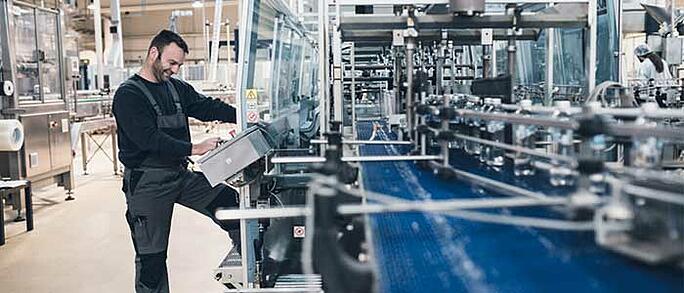When a Fortune 500 manufacturing corporation launched a long-term ergonomics program in the 1980s and early 1990s, it was to improve employee safety, comply with OSHA regulations, reduce work-related illness, and make strides in productivity, quality, and operating efficiency. According to a case study by Larson and Wick, the company’s strategy began by assessing and implementing unique solutions to individual problems, also known as non-systems based ergonomics. By the turn of the 21st century, the manufacturer had developed a corporate-wide participatory ergonomics program, the core competencies of which included ergonomics technical expertise, cross-functional teams, development and wider employee involvement and management leadership. Transition to macroergonomics “Two events happened that set the stage for another program transition,” reports Larson and Wick, “First, a Manager of Ergonomics position was created. And second, in response to OSHA’s [2000] Ergonomics Standard, a thorough review was conducted of the company’s program requirements and a survey of each manufacturing location was completed.” The goal of the survey was to discover how well each corporate location was implementing the expanded program’s four categories:
- Ergonomics Written Program
- MSD Risk Management
- Ergonomics Expertise and Leadership
- Ergonomics Training
The Ergonomics Written Program meant “ergonomics received the same oversight and visibility as the other environmental, health, safety, and industrial hygiene programs within the company.” (Larson & Wick) MSD Risk Management ensured the program would be sustainable. Since the majority of the company’s locations had fewer than 400 employees, “hiring professional ergonomists at each location was not always feasible.” So, the company ensured each of their locations had a dedicated, in-house, safety and industrial hygiene resource. A commitment to a sustained macroergonomic program brought value While reducing WMSDs was the initial goal, the biggest takeaway for any organization considering macroergonomics is “identifying the influence that ergonomics has on productivity and quality improvements, as well as operating efficiency, [and how that] is possible and necessary for the long-term viability of the program. …The future of ergonomics in any company,” Larson & Wick state, “is dependent upon adding value to the company.” Sustaining proper micro and macroergonomic solutions is vital for any organizations success. Fit For Work applies an evidence-based, lean ergonomics method which achieves maximum results for peak performance and health. Implementation of a proper program positively impacts organizations and delivers strategic competitive advantage outcomes. Reference “30 Years of Ergonomics at 3M: A Case Study” (Larson, N. and Wick, H.) Retrieved from https://www.ncbi.nlm.nih.gov/pubmed/22317510





